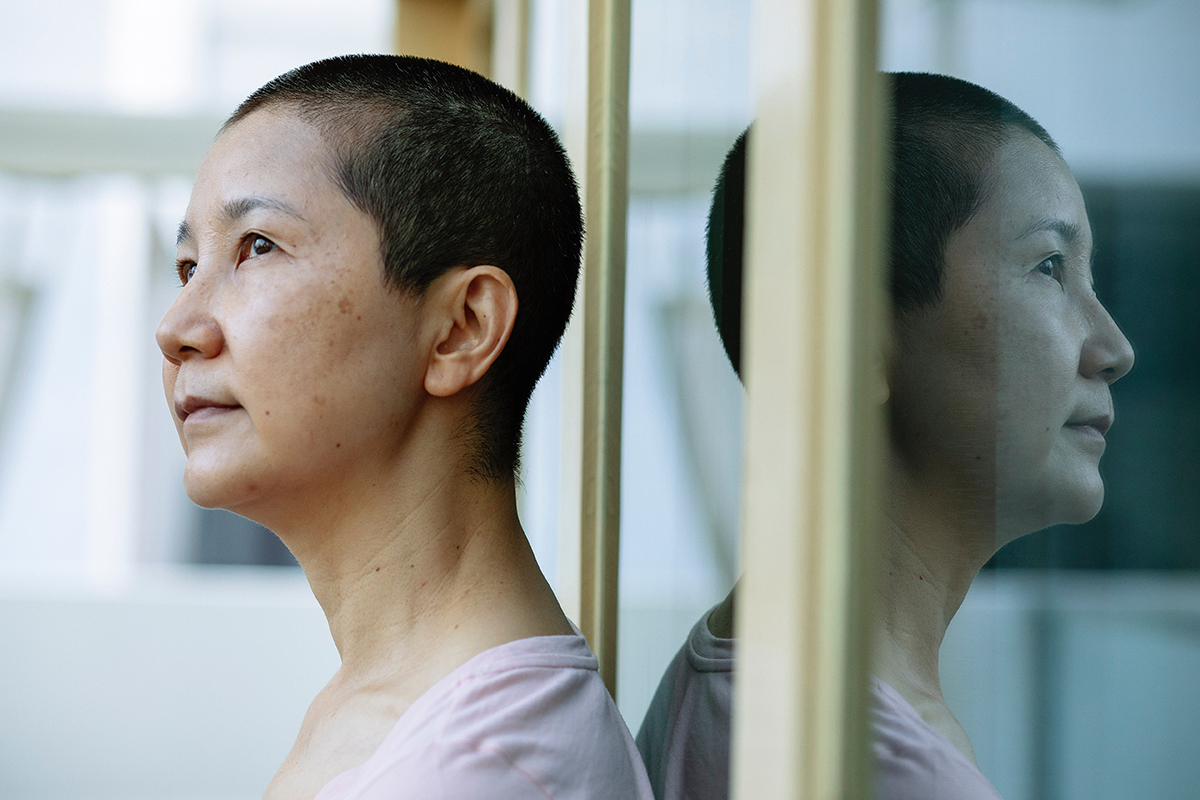Marijuana. CBD. Weed. Pot. Ganja. Devil’s Lettuce. It’s remarkable that a single plant can have so many monikers, and so many medicinal uses. Kelay Trentham, a Registered Dietitian Nutritionist and Board Certified Specialist in Oncology Nutrition, spoke at OCRA’s Ovarian Cancer National Conference last year about how medical cannabis can be used in the treatment of ovarian cancer. Here’s what she shared.
Medical Cannabis in History
Cannabis is a plant from the Cannabaceae family and it has been used medicinally since before written history. Its first recorded use can be traced back 3,500 years ago in Egypt and in 1st and 2nd century China, though it was only introduced to western medicine in the 1840’s as an antidote to rabies. In 1937, it was effectively banned in the U.S. via a very high tax, and in 1970, cannabis was given Schedule 1 classification indicating “high risk abuse, with no accepted medical use.”
Today, medical cannabis is legal in several states, but varies widely by jurisdiction, and its legislative status is ever-evolving. For those interested in potential use of medical cannabis for ovarian cancer, a good first step is to consult with your physician about the regulations for your area, as well as, of course, whether medical cannabis is right for you.
Medicinal Properties
The Cannabis plant has many properties that either interact with the cannabinoid receptors in our bodies or share chemical similarities with our own system, among them pain relief, anti-anxiety, anti-seizure, anti-nausea, anti-inflammatory, antioxidant, anti-tumor, as well as neuroprotective effects. The most studied of the cannabinoids are THC and CBD. THC has a strong effect on our nervous system, but weak on our immune, and has psychoactive effects. CBD, on the other hand, has both weak effects on our nervous and immune systems, without psychoactive effects.
The trick, depending on the symptom, is in finding the right balance between the two most commonly used cannabinoids, the right dosage, and the right delivery method. People can inhale cannabis; take it orally via lozenges, sprays, edibles or capsules; absorb it through their skin with a cream; or take it rectally. Each delivery method varies in terms of the onset and duration of relief and comes with its own considerations and contraindications.
Can CBD Help With Ovarian Cancer?
CBD — the second most-studied cannabinoid, after THC — may be useful in relieving some of the uncomfortable side effects of ovarian cancer and its treatments. In many cases, it is possible and even beneficial to take CBD while going through chemotherapy. Studies have shown that CBD may provide pain relief, as well as relief from nausea, anxiety, and seizures, and may also have protective effects for the nervous system. When used in a 1:1 milligram ratio, some studies have also shown that THC with CBD can reduce some of the anxiety and memory issues associated with using THC, and may also increase pain control. Sativex (nabiximols) and Epidiolex (cannabidiol) are two prescription medications associated with CBD.
When taking orally, such as through CBD oil, the general rule is to start with a low dosage and very gradually increase as needed. As of now, there are no well-established dosing guidelines for CBD. If well tolerated by the patient, oral ingestion can be particularly helpful with relieving chronic pain, though it is important to keep in mind there may be psychoactive effects. A CBD dosage of 5-20mg/day may provide some benefit, and it may be helpful to take throughout the day – for example, if taking 10mg in total, divide into doses of 3mg three times per day, or 5mg twice per day.
Consulting with Your Doctor about Medical Cannabis
As with any supplemental treatment, it is very important to discuss CBD in detail with your doctor or medical team before using, to ensure no adverse effects connected to chemotherapy or your own individual health needs. CBD can be harmful when used in individuals with certain health conditions, such as high blood pressure, cardiological or pulmonary conditions, allergies, and more, and can also interact poorly with certain drugs. It is important to be safe when considering trying CBD to manage side effects from ovarian cancer and its treatment.
The prevailing recommendation is to start low, go slow, and stay low; and the best dose is the one that is lowest you can take and still get some relief and can tolerate. Questions to ask during a consultation are:
- How will taking cannabis affect other illnesses or conditions I may have?
- How will it interact with other medications I’m taking?
- If I’m currently undergoing chemotherapy, is medical cannabis still an option?
- Which is the right cannabinoid for relief of my particular symptoms?
- Can I adjust the dosage? How?

Watch now: “Medical Cannabis: What You Need to Know,” and other informational videos originally presented at our 2020 virtual National Conference are now available in their entirety on our website. View all ovarian cancer videos.
Additional information about medical cannabis can be found at:
- International Association for Cannabis as Medicine (Cannabis-med.org)
- Americans for Safe Access (Safeaccessnow.org)
- Cannabis Pharmacy by Michael Backes
- Chronic Relief by Nishi Whitely
- MacCallum & Russo, “Practical considerations in medical cannabis administration and dosing,” European Journal of Internal Medicine, 2018, 49:12-19


